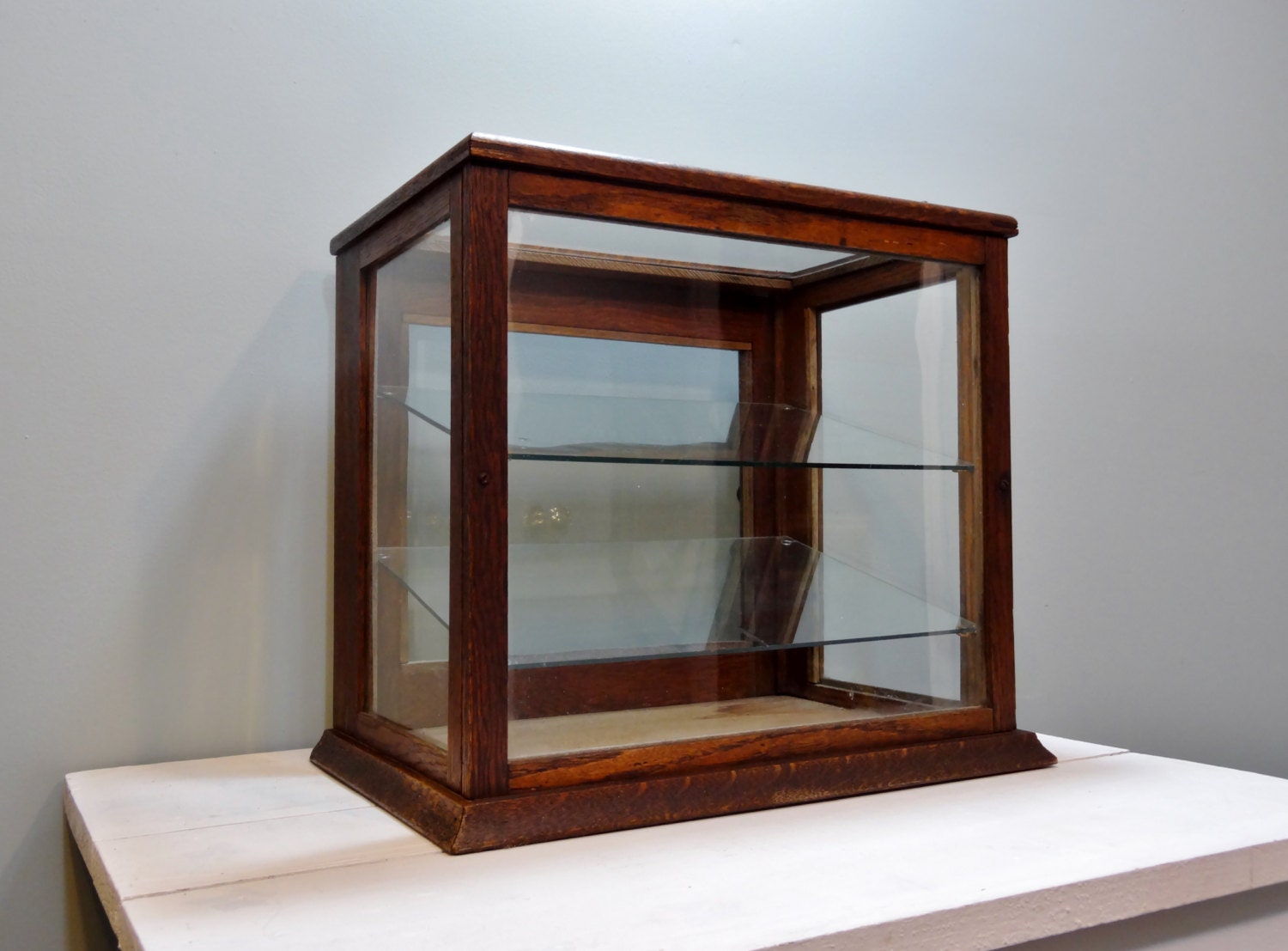The Allure of Antique Vitrines: Antique Vitrine Glass Display Cabinet

Antique vitrines, those elegant glass display cabinets, are more than just pieces of furniture; they are windows into history, reflecting the craftsmanship, aesthetics, and evolving needs of different eras. Their allure lies in their ability to preserve and showcase treasures, from delicate jewelry to scientific specimens, while simultaneously serving as captivating decorative elements.
Historical Significance
Antique vitrines trace their roots back to the 17th century, evolving from simple glass-fronted cabinets to elaborate, intricately designed structures. Initially, they were primarily used by apothecaries and naturalists to display their collections of herbs, minerals, and exotic specimens. The advent of the Industrial Revolution saw the rise of vitrines in museums and private collections, as scientific exploration and the appreciation for artistic objects gained momentum.
Craftsmanship and Artistry
The creation of antique vitrines was a meticulous process, demanding skilled craftsmanship and artistic vision.
- Materials: The materials used for antique vitrines varied according to the era and the intended use. Early vitrines often featured solid wood frames, with glass panels held in place by brass or iron fittings. Later examples incorporated exotic woods, such as mahogany and rosewood, and employed intricate marquetry and inlay techniques.
- Techniques: The construction of antique vitrines involved a range of traditional techniques, including joinery, carving, and glassblowing. Skilled artisans used specialized tools and techniques to create the intricate details and decorative elements that characterized these cabinets.
- Decorative Elements: Antique vitrines often featured decorative elements that reflected the prevailing styles of their time. Ornate carvings, gilded accents, and intricate glasswork adorned the frames and doors, while the interior shelves might be lined with velvet or silk.
Types of Antique Vitrines
Antique vitrines were designed for a variety of purposes, each type reflecting the specific needs of its intended use.
- Jewelry Vitrines: These vitrines were typically smaller and more delicate, featuring intricate glasswork and elegant designs. They were often used by jewelers to showcase their most prized pieces, protecting them from dust and damage.
- Museum Vitrines: Larger and more robust, museum vitrines were designed to display artifacts, historical objects, and scientific specimens. They often featured multiple shelves and drawers, allowing for the organization and presentation of extensive collections.
- Scientific Vitrines: These vitrines were used by scientists and naturalists to display their collections of specimens, such as insects, plants, and fossils. They often featured specialized features, such as glass jars for preserving specimens or adjustable shelves for displaying objects of different sizes.
Antique Vitrines as Collectors’ Items

Beyond their aesthetic appeal, antique vitrines hold a special place in the world of collecting. Their intricate craftsmanship, historical significance, and the stories they whisper make them highly sought-after treasures.
Antique vitrine glass display cabinet – The value of an antique vitrine is determined by a complex interplay of factors. It’s a captivating dance between rarity, condition, maker, and the historical context in which the vitrine was created.
Factors Influencing Value
Understanding what makes an antique vitrine valuable is key for collectors and enthusiasts. Here are some of the most significant factors:
- Rarity: Limited production runs or unique designs make a vitrine exceptionally desirable. For instance, a vitrine crafted by a renowned cabinetmaker or one featuring a specific style or period detail can command a higher price.
- Condition: The condition of an antique vitrine is paramount. A well-preserved vitrine with original finishes, hardware, and glass panels will be significantly more valuable than one that has been heavily restored or damaged.
- Maker: The reputation of the maker can significantly impact the value of an antique vitrine. Vitrines crafted by prominent cabinetmakers, such as those from the Arts & Crafts movement or the Victorian era, are often highly sought-after by collectors.
- Historical Significance: The historical context of a vitrine can add immense value. Vitrines that were once part of a notable collection, used in a historical setting, or associated with a significant event can be considered priceless.
The Antique Vitrine Collecting Community, Antique vitrine glass display cabinet
The world of antique vitrine collecting is a vibrant and passionate one, with enthusiasts from all walks of life drawn to these exquisite pieces. Collectors are motivated by a range of factors, including:
- Aesthetic Appreciation: Many collectors are captivated by the beauty and craftsmanship of antique vitrines. The intricate details, the use of fine materials, and the overall elegance of these pieces are truly captivating.
- Historical Interest: Antique vitrines serve as windows into the past, offering glimpses into the design trends, craftsmanship, and lifestyles of bygone eras.
- Investment Potential: Well-preserved antique vitrines can be a valuable investment. As these pieces become increasingly rare, their value tends to appreciate over time.
Ethical Considerations
Acquiring and preserving antique vitrines comes with a responsibility. Ethical considerations are paramount, and collectors should strive to practice responsible practices and contribute to conservation efforts.
- Provenance: It’s crucial to understand the history and provenance of an antique vitrine. A clear chain of ownership and documentation adds credibility and value to the piece.
- Conservation: Restorations should be done by qualified professionals who use traditional techniques and materials to preserve the integrity of the vitrine.
- Sustainable Practices: Collectors should support sustainable practices in the antique trade, ensuring that the acquisition of antique vitrines does not contribute to the depletion of historical resources.
